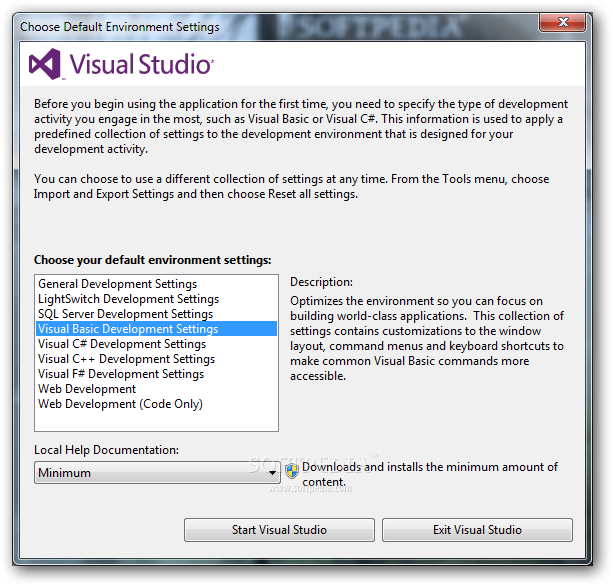
FINALE 2014 KEYBOARD SHORTCUTS FREE
If you’re editing a dynamic that came with Finale, you’ll notice that a velocity value has already been defined feel free to change it. MIDI velocity is measured on a scale from 0 (silent) to 127 (very loud). The value you enter here is the MIDI key velocity value that Finale applies to all the music, beginning at the point where it first encounters the dynamic marking and ending only when it encounters another marking. Enter a velocity value in the Set To Value box.

The Expression Designer dialog box appears. The Expression Selection dialog box appears. If the marking hasn’t yet been placed in the score and you simply want to edit its definition from within the Selection palette, double-click any measure or note when the palette appears, click the marking in question, click Edit, and skip the next two steps.

You can use these steps, however, to alter such definitions (to make a forte louder, for example). The dynamics preloaded into the Maestro Font Default file (as well as those in the Text Expression Library) have already been defined for playback. If you want to create dynamics for playback only, and don’t need the actual markings to appear in the score, you can quickly edit key velocity over a selected region with the MIDI tool. (The predefined Text Expression dynamics provided with Finale have been defined for playback-but feel free to modify them, as described below.) If your synthesizer is velocity (touch) sensitive, you’ll hear Finale respond to these dynamic markings as the music plays back. Noteman says: See Adding tempo markings and dynamics for a step-by-step tutorial on adding dynamic markings.ĭynamics may be purely graphic or they may be defined for playback.

Finale's Document Styles all include libraries with dynamic markings so if you begin with the Setup Wizard (or with a template), a list of dynamic markings will be available in the Expression Selection dialog box as soon as the document opens.

Noteman says: View the Adding expressions and dynamics QuickStart Video for an overview.ĭynamics, along with other Text Expressions, are stored in a Text Expressions Library.


 0 kommentar(er)
0 kommentar(er)
